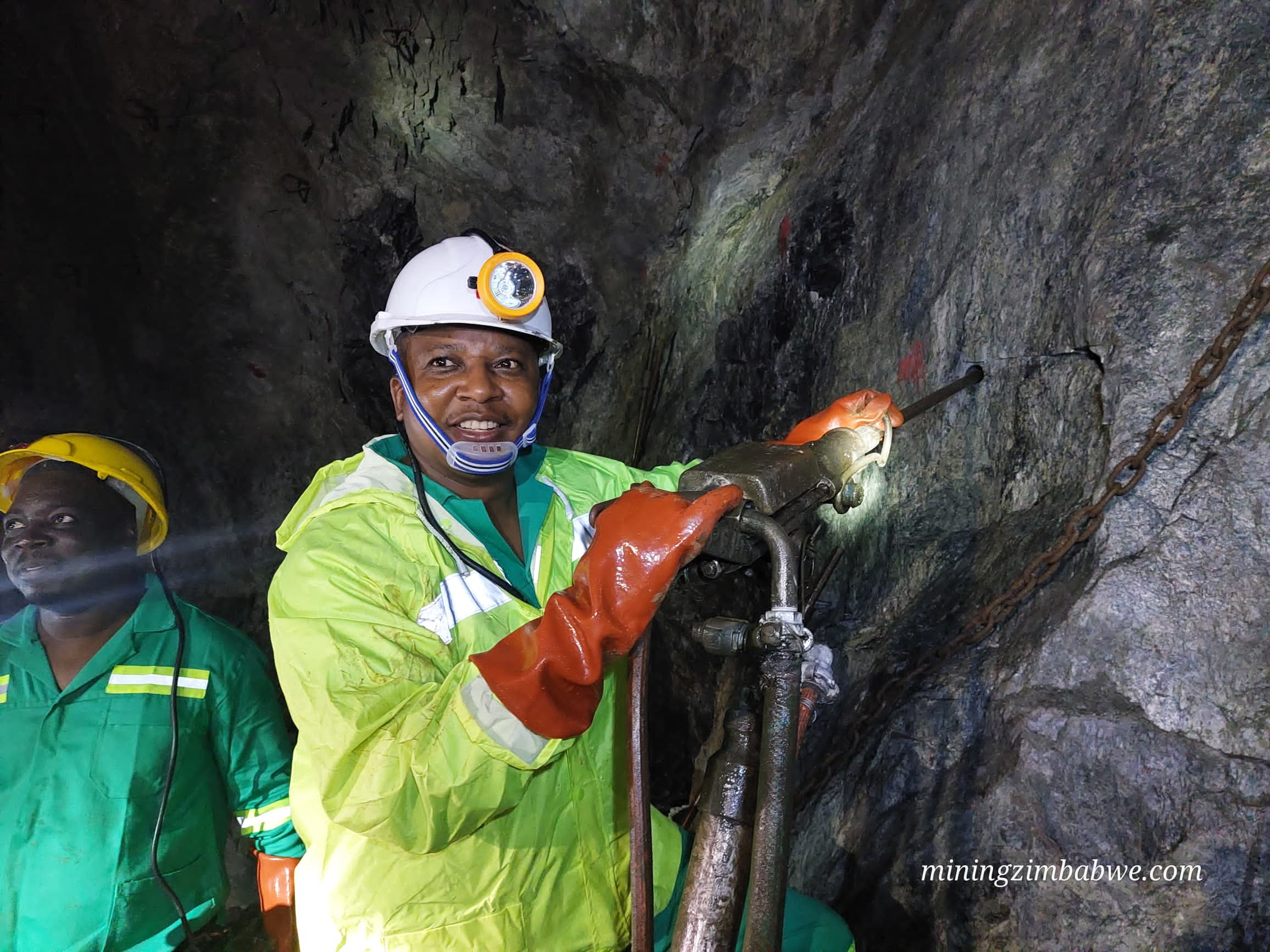Deputy Minister of Mines Commends Pickstone Peerless Mine for Vision 2030 Contribution

By Staff reporter
Pickstone Peerless Mine has received commendation from the Deputy Minister of Mines, Polite Kambamura for its significant contribution to the national development agenda of Vision 2030.
The mine’s efforts in reopening a closed mine and transitioning to underground mining have not only created job opportunities but also fostered economic growth and efficient resource utilization.
The Deputy minister’s visit to assess the progress of this development highlights the importance of the mining sector in driving the country’s development.
After seven years of open pit mining, Pickstone Peerless Mine is now investing in an expansion project to embrace underground mining. The Hon. Deputy Minister’s visit aimed to assess the progress made in this transition and understand the challenges faced by the mine.
Honorable Kambamura emphasized that Vision 2030 relies on contributions from various sectors of the economy, including the mining sector.
Pickstone Peerless Mine’s reopening of a closed mine aligns with this vision, as economic conditions have made previously low-grade resources economically viable again.
“Through intensive exploration and reopening of closed mines, we are not only creating new opportunities for the mining industry but also revitalizing existing operations. This will contribute to job creation, economic stability, and the overall prosperity of our nation,” he said.
The efforts of Pickstone Peerless Mine in reopening a closed mine have resulted in job creation, providing employment opportunities for the local community.
In addition, the mine’s transition to underground mining has the potential to enhance resource utilization and increase productivity. These factors contribute to economic growth and the overall development of the mining industry in Zimbabwe.
Pickstone Peerless Mine has a rich history dating back to the late 19th century when the Concession and Duchess Hill claims were first pegged. Mining by European settlers began in 1905, but by 1919, most of the workings had been abandoned.
In 1949, Lonhro amalgamated these claims and sold them to RTZ in 1960. The mine remained in production until 1971, and since then, various junior companies have conducted exploration and small-scale production.
In 2014, Dallaglio invested in Pickstone Peerless Mine and initiated an expansion project to transition to underground mining.
As of June 2020, Pickstone Peerless Mine’s underlying claims had a total measured and indicated resource of 368,313 ounces (11,456 kg) and a total resource (including inferred) of 789,424 ounces (24,553 kg). Since 2015, the mine has produced 2,984kg (95,938 ounces) of gold.
These achievements highlight the mine’s potential for growth and profitability. The commendation from the Deputy Minister of Mines for Pickstone Peerless Mine’s contribution to Vision 2030 underscores the importance of the mining sector in Zimbabwe’s development.









